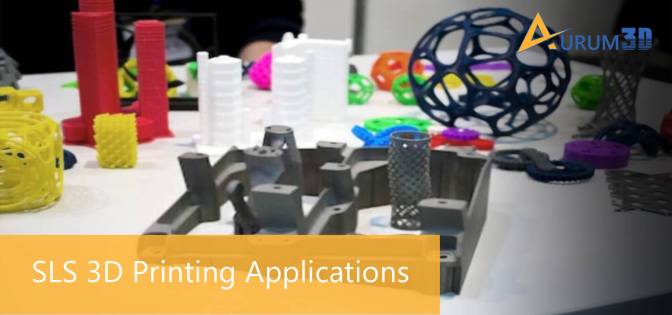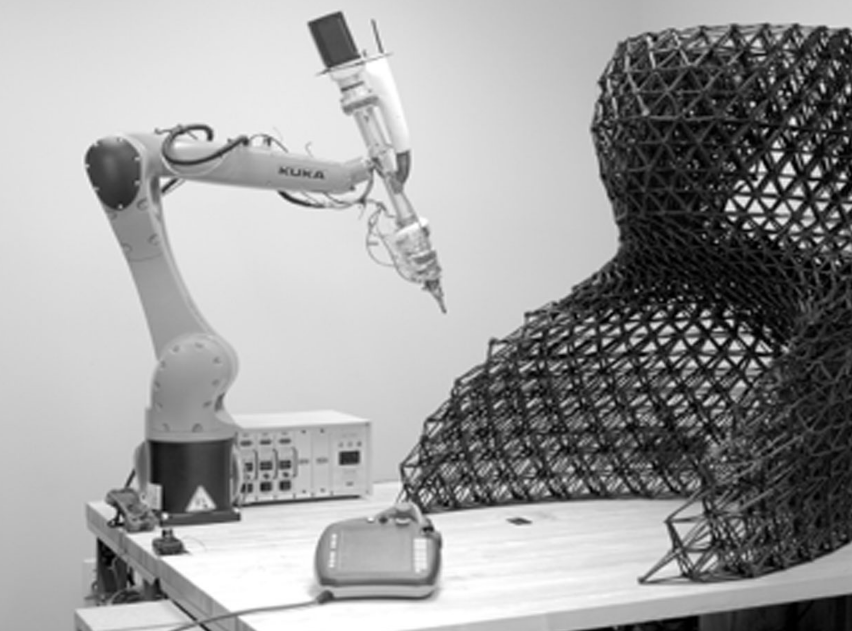You can create a solid three-dimensional
object from three-dimensional digital models using several additive
manufacturing or 3D printing technologies. Each 3D printing technology
creates the object, model, part, or product physically in a specific
way. Selective Laser Sintering (SLS) is one of the mature and widely
used 3D printing technologies.
As
the name suggests, this additive manufacturing technology creates solid
parts by fusing or sintering nylon powder selectively using a
high-power laser. Many engineers opt for SLS 3D printing to produce
strong and durable parts with complex geometries. Also, they can enhance
the look and feel of the 3D-printed structures during post-processing
through sanding, dyeing, and smoothing.
Both
companies and startups have been transforming and revolutionizing SLS
3D printing by fostering innovation and research. Some companies replace
standard CO2 laser with new-age fiber laser to make the SLS
3D printer effective in sintering powder more quickly by increasing
power density. Likewise, some companies are finetuning SLS 3D printers
to reduce material wastage by using one powder as the primary material
and another powder as supporting material.

According to Wikipedia, “SLS
technology is in wide use at many industries around the world due to
its ability to easily make complex geometries with little to no added
manufacturing effort. Its most common application is in prototype parts
early in the design cycle such as for investment casting patterns,
automotive hardware, and wind tunnel models.”
At present, SLS is used commonly by enterprises to facilitate rapid prototyping and production of functional parts. But the SLS 3D printing applications and use cases vary across industries. We can summarize the applications of this additive manufacturing technology based on use cases created by enterprises from various sectors.
Understanding SLS 3D Printing Applications across Industries and Verticals
Manufacturing Industry
One of the key advantages of SLS 3D printing technology is design freedom. Unlike traditional production methods, SLS 3D printing helps engineers to design products with unusual shapes and complex geometries without escalating production time and cost. Manufacturing companies leverage the design freedom to produce moving parts and interlocking parts. Also, this additive manufacturing technology is effective in facilitating small-batch manufacturing.
Aerospace Industry
SLS 3D printers use a flexible, durable, and lightweight material like nylon. Many engineers experiment with various forms of nylon to 3D-print parts tailored for flights and space travels. Also, they opt for SLS 3D printing for projects that require a few items like antennas, drones, aircraft parts, and satellites on demand. NASA has been incorporating 3D printed parts into aircraft engines to curtail both production time and cost.
Automotive Industry
The automotive industry has been using SLS 3D printers to create prototypes as well as produce functional parts. The automotive companies leverage key advantages of SLS 3D printing technology – speed, accuracy, reliability, and durability – to produce end-user components on demand.
Many companies use this additive manufacturing technology to replace obsolete components of vintage cars. 3D scanners make it easier for them to replicate the obsolete components exactly in the form of a digital 3D model. An SLS 3D printer can produce the out-of-stock components physically from the digital files.
Mechanical Industry
Mechanical engineers use SLS 3D printers to create innovative devices, components, and systems by combing principles of physics and mathematics in a variety of ways. Unlike other 3D printing technologies, SLS makes it easier for them to convert out-of-box ideas into components and devices by providing design freedom. Also, the components printed with SLS 3D printers meet varying mechanical requirements through high-dimensional accuracy.
Medical Industry
The medical industry leverages SLS 3D printing to produce complex medical devices accurately and precisely. As mentioned earlier, SLS 3D printers can produce durable and strong items with complex geometries and varying forms. Medical device manufacturers leverage these benefits to produce patient-specific prosthetics and orthotics. They further explore ways to optimize SLS 3D printing technology to fabricate human organs with 100% accuracy and authenticity.
Footwear Industry
SLS reduces 3D printing time by several hours. The reduced printing time makes it easier for footwear companies to produce a variety of insoles according to the varying needs of customers. SLS 3D printing is used widely by footwear companies to produce molded insoles, comfort insoles, and custom orthotics tailored for individual patients. Footwear companies use thermoplastic or nylon as the primary material to print customized insoles that provide support to and ease the pain of patients with flat feet and other foot disorders.
Several market analysis reports forecast the consistent growth of the global SLS 3D printing market over the next few years. Hence, the popularity of SLS 3D printing will remain intact despite the growing popularity of consumer and desktop 3D printing. Enterprises will leverage this mature and reliable additive manufacturing technology by creating new use cases regularly. Also, they will contribute towards evolving SLS 3D printing through research and development (R&D).
About Aurum3D
Aurum3D is one of the leading 3D printing companies in Bangalore. We have been working with various new-age areas like Drone manufacturing and Electric vehicle manufacturers in multiple areas like prototyping and custom 3D printing. You can get in touch with us for your custom requirements in electric vehicle manufacturing.
References:
https://www.shapeways.com/blog/archives/41152-top-applications-for-sls-3d-printing.html

